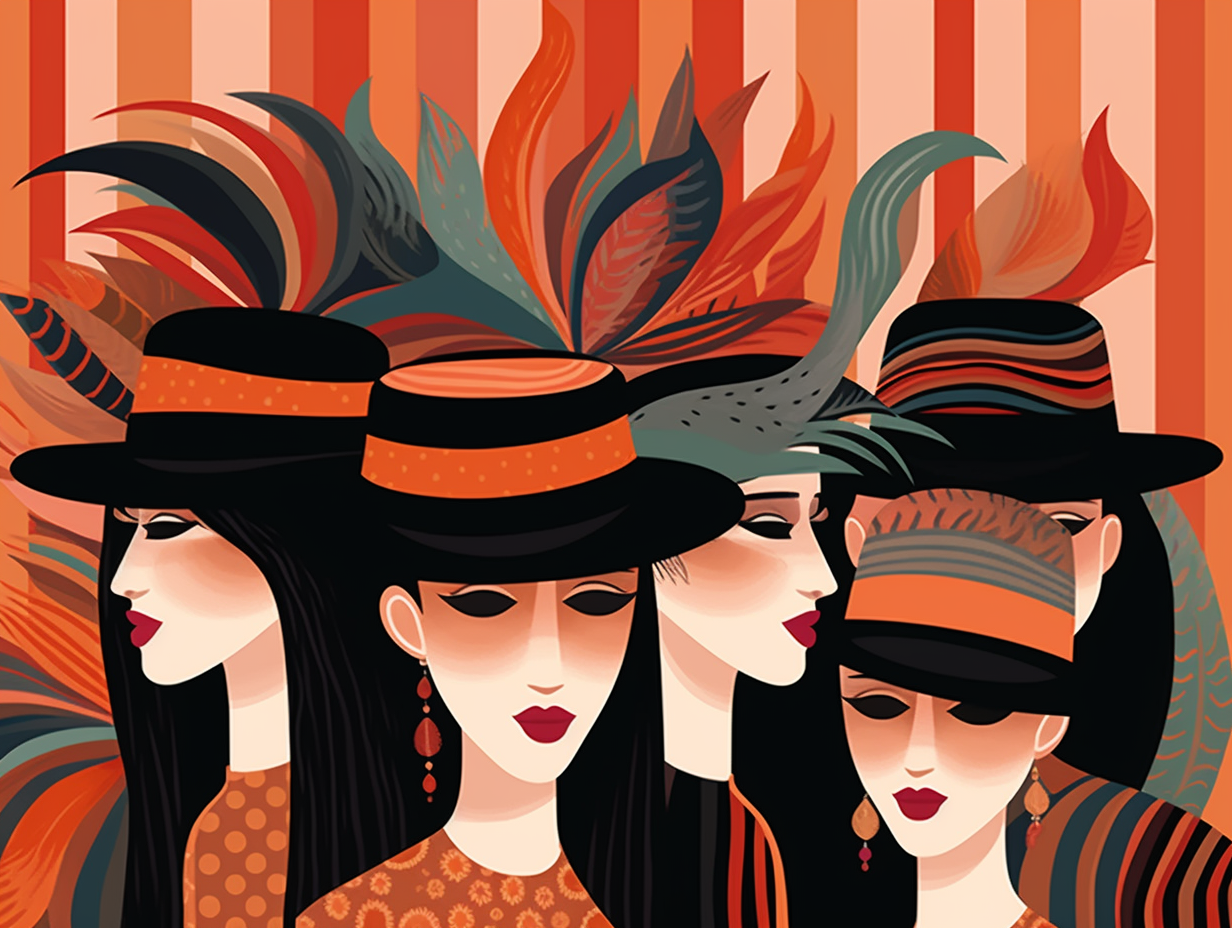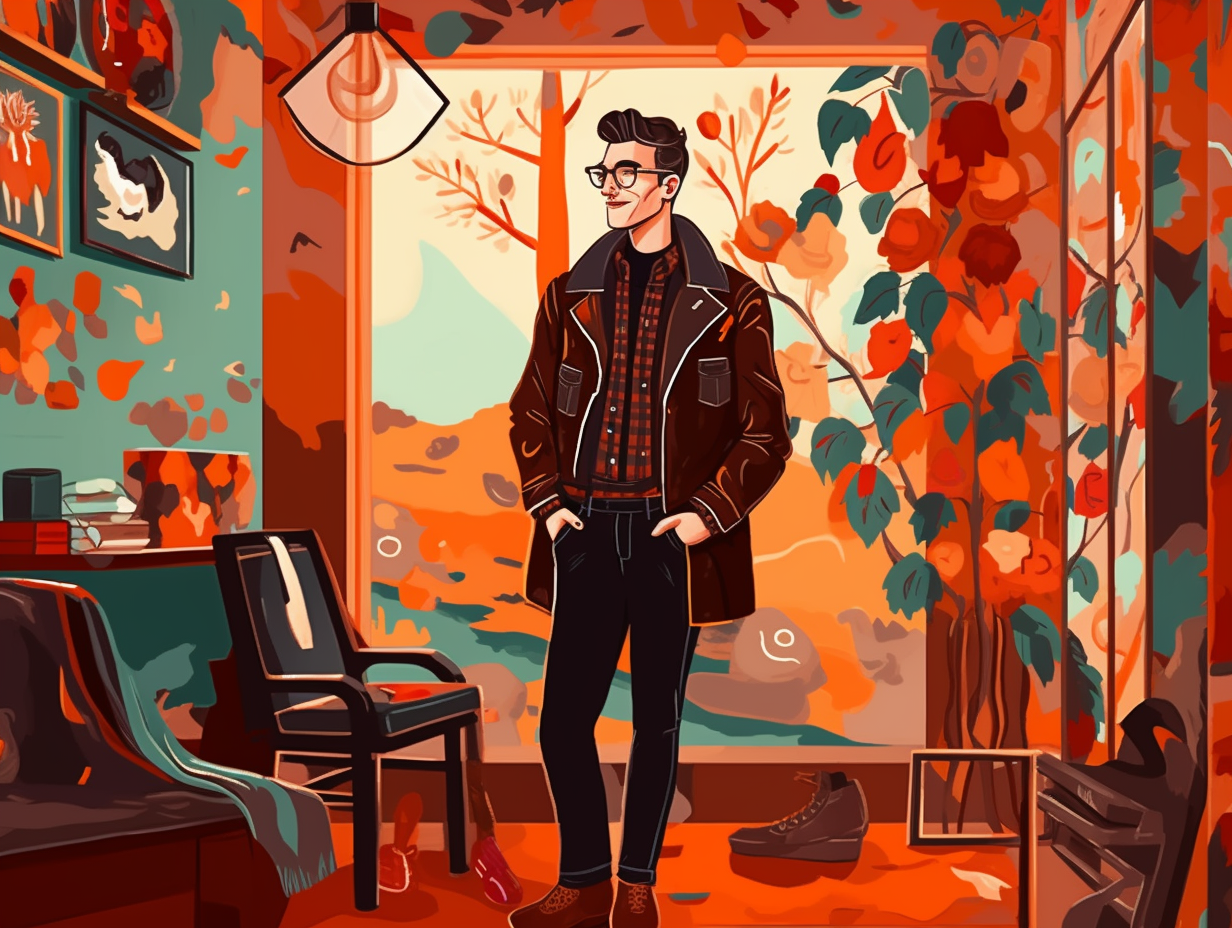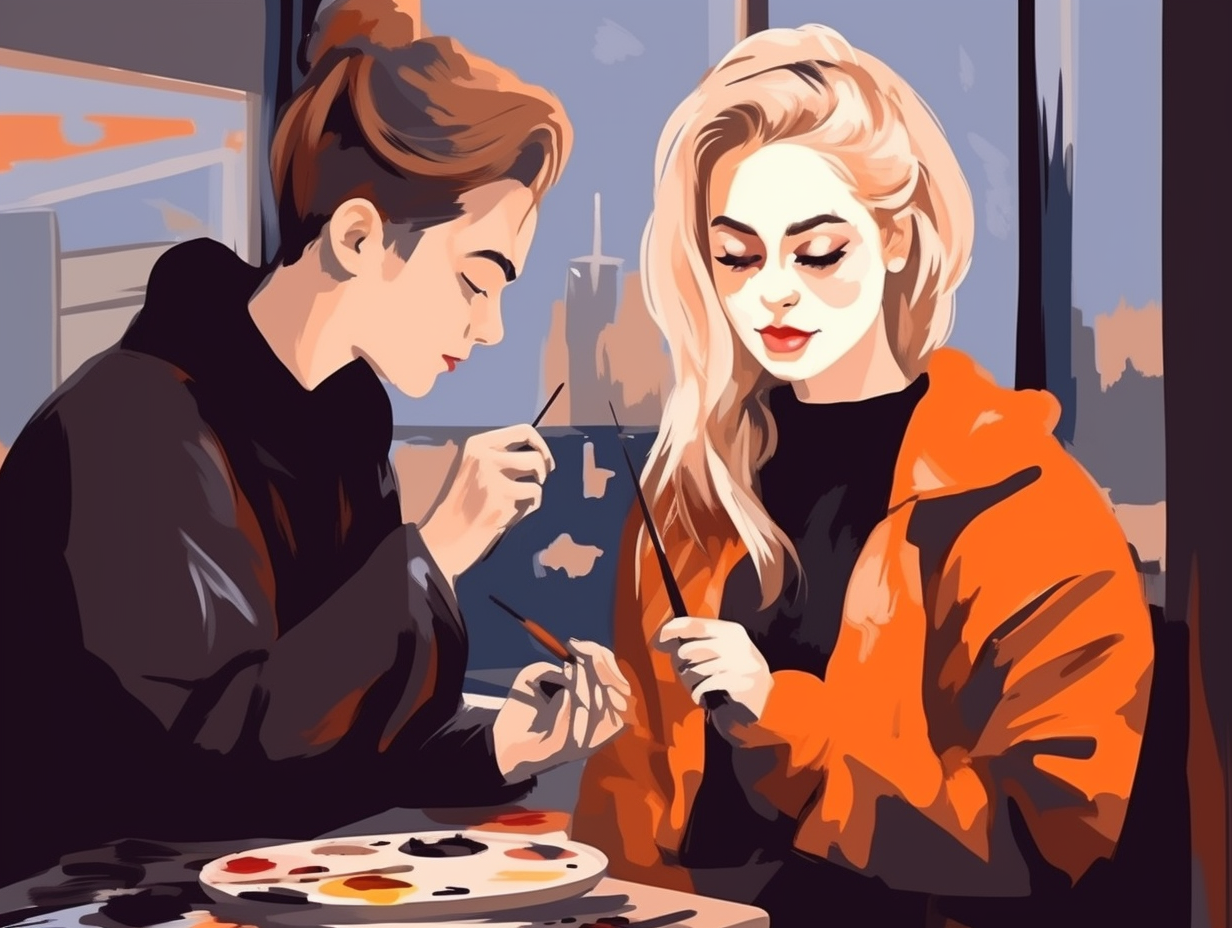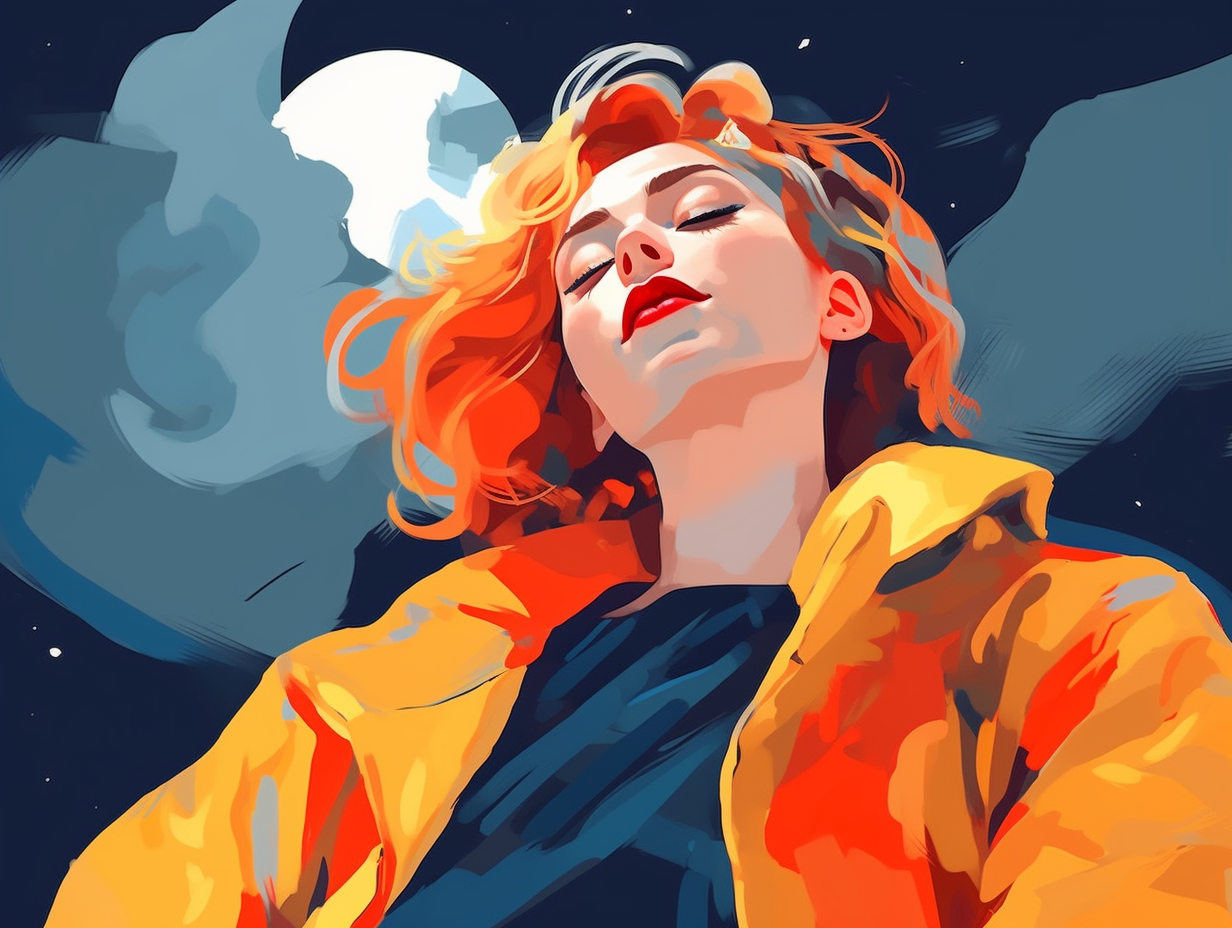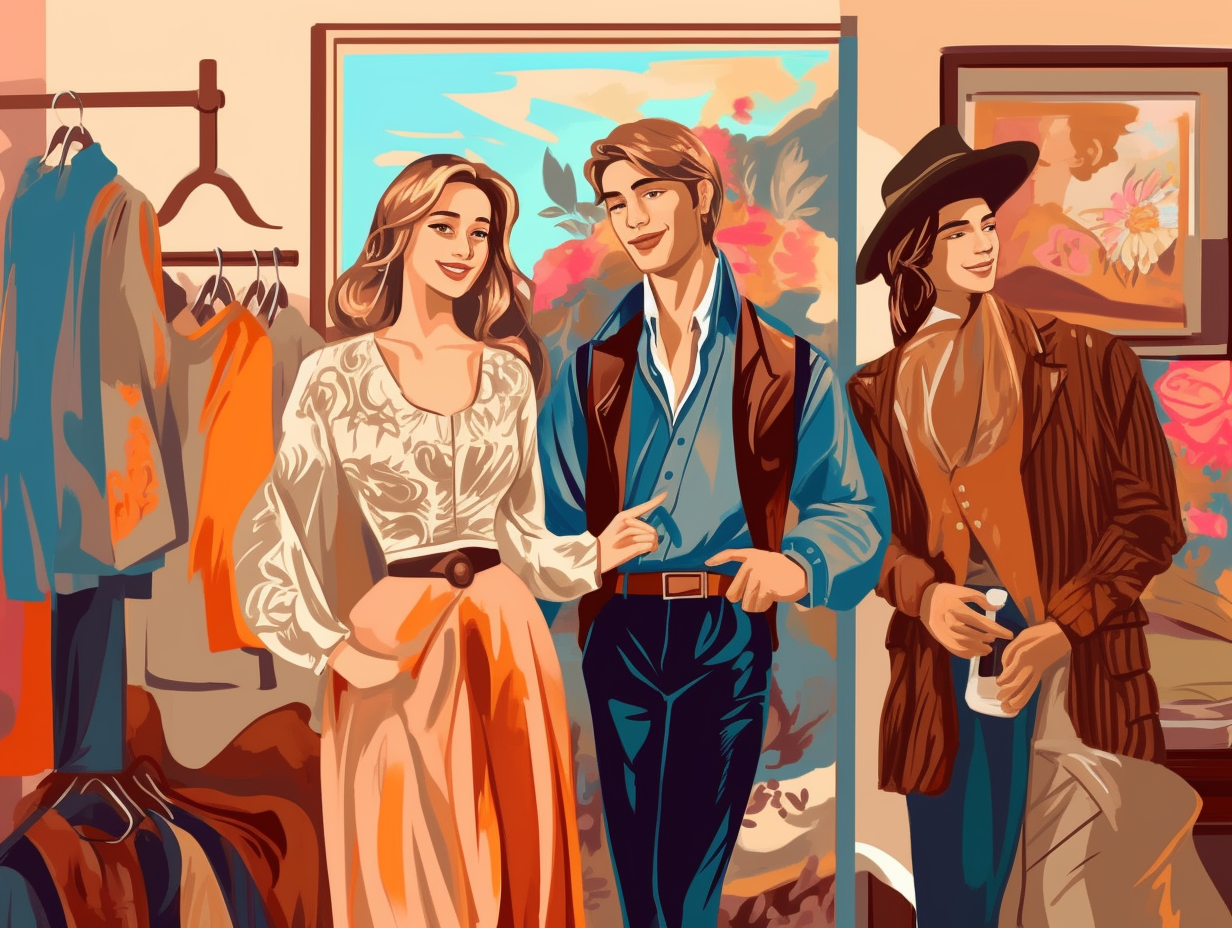Discover the Top 10 Surprising Fun Facts about Fashion: Unraveling the Secrets of Parisian Style and Beyond!
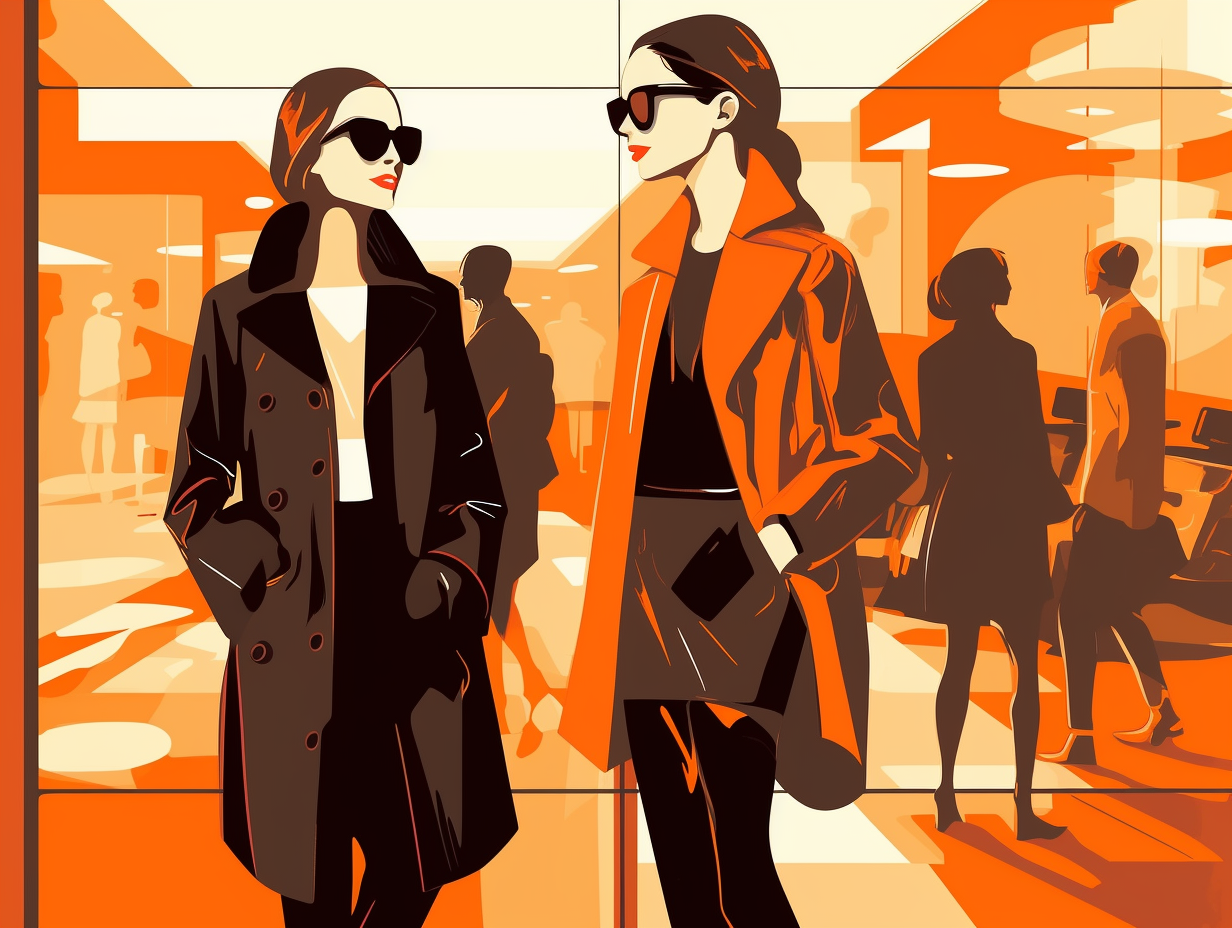
1. Flag-Slumber Party Squad
Imagine this: a group of teenage girls having a flag-slumber party complete with needlework, gossip, and perhaps a tense game of "Capture the (British) Flag"; Serious reveal: During the War of 1812, Mary Pickersgill and her teenage sewing squad stitched together the legendary Star-Spangled Banner flag, using the reverse appliqué method for its 15 cotton stars, while also crafting a smaller storm flag to brave the battle's stormy weather conditions.
Source => americanhistory.si.edu
2. Cinderella's Chinese Footbinding Nightmare
If Cinderella had lived in ancient China, her evil stepmother would have been over the moon with footbinding trends: a painful fashion practice originating in the Song dynasty that involved breaking and bending a girl's foot for the prized "three-inch golden lotus" look, which persisted for a staggering 1,000 years before being banned in 1912.
Source => npr.org
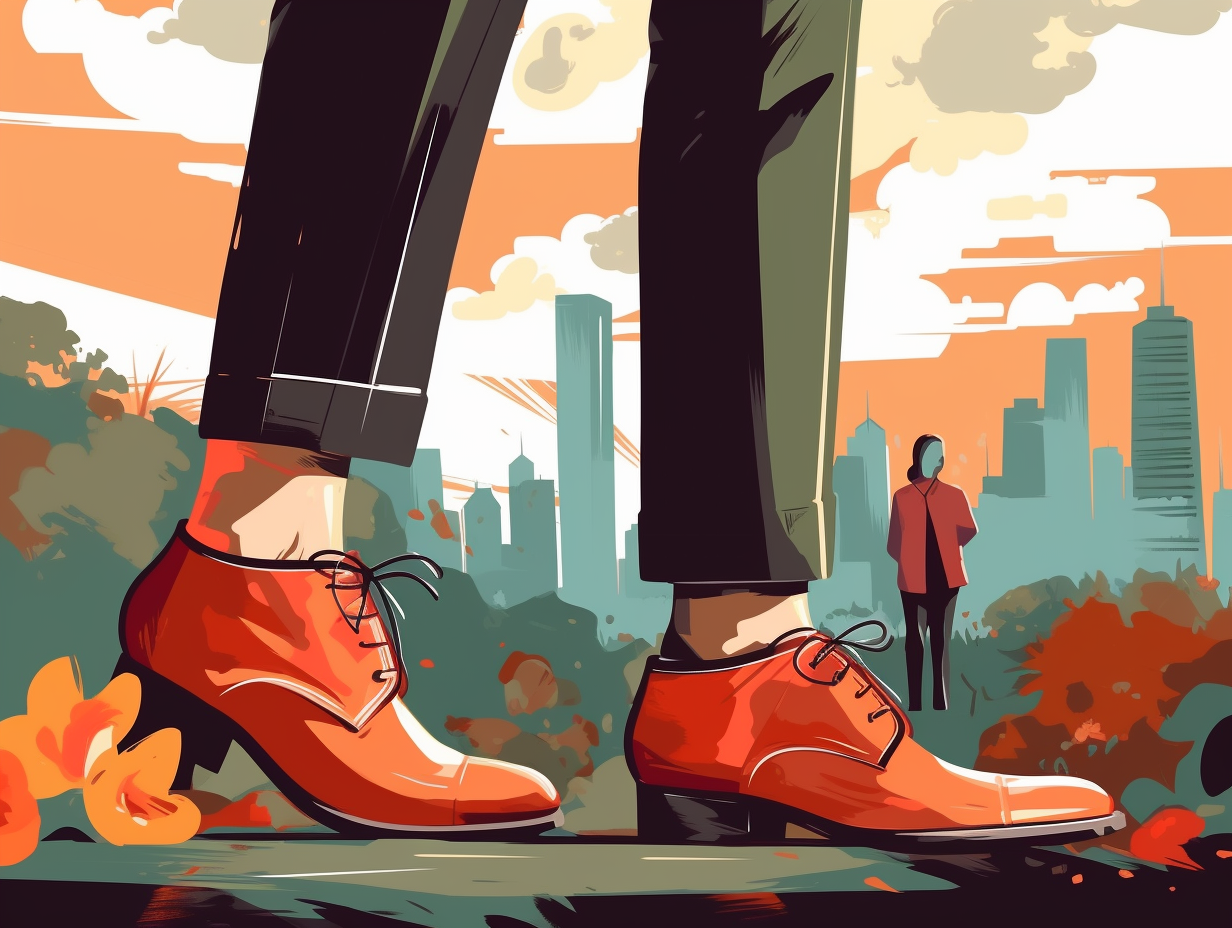
Did you know the iconic three stripes on Adidas sneakers represent more than just style? Discover the hidden symbolism behind this famous design.
=> Fun Facts about Shoes
3. Ancient Greek Actors' Height-Boosting Shoes
Before runway models were strutting on their sky-high stilettos, ancient Greek actors were the OG trendsetters in statement shoes: In fact, they wore "kothorni," elevated footwear with wooden cork soles as tall as 8 to 10 cm, dating back to at least 200 BC, to signify the social class and importance of their stage characters. Later on, pattens emerged in the Middle Ages as a practical, height-boosting solution for men and women to keep their fancy footwear unsoiled from the mucky medieval streets.
Source => ancient-origins.net
4. London Fog: War Meets Fashion
Who knew that singing in the rain could have a military twist? When trench warfare meets trench coats: London Fog, the creator of the iconic raincoat, also produced waterproof clothing for the United States Navy during World War II.
Source => en.wikipedia.org
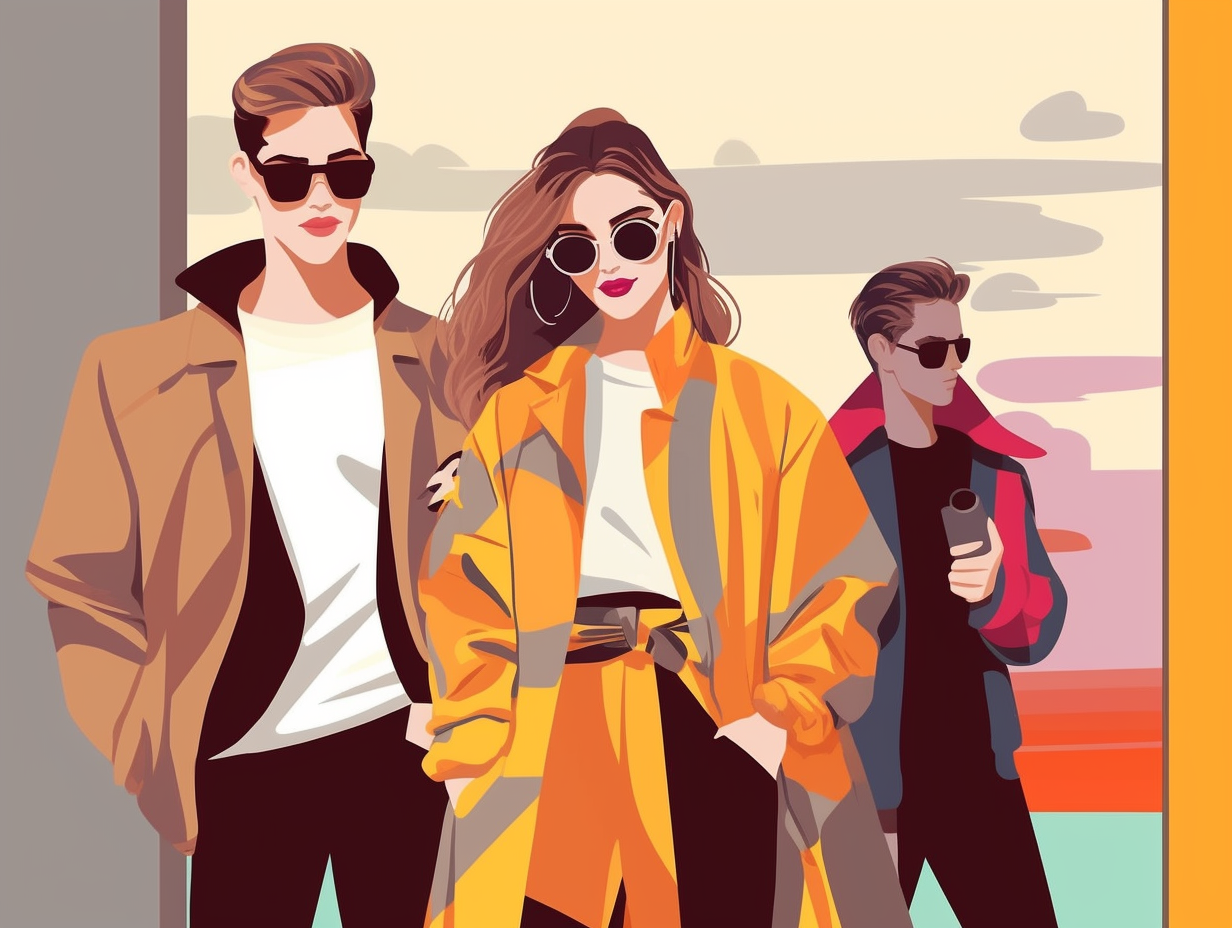
5. Coco Chanel's Faux-Chic Movement
Who needs diamonds when you can rock a faux-chic look? Coco en Vogue, the original guru of costume jewelry, said it loud and clear: Coco Chanel pioneered the fusion of fine and costume jewelry, working with Duke Fulco de Vedura to launch her House of Chanel jewelry line, complete with iconic white enameled cuffs. Despite owning a treasure chest of real jewels, she favored fakes for their cheeky charm—her famous photograph, dressed down in wide-legged pants and a black tee, dripping with strands of large fake pearls and glittering gems, sparked a legendary bling trend.
Source => susanjane.com
6. The Exclusive Snail-Dyed Toga
Snails on a toga, that's what I call slow fashion: In ancient Rome, the luxurious Tyrian purple dye, made from crushed sea snails, was so exclusive that only the emperor could wear a solid purple toga, while victorious commanders could don toga made of purple wool and gold thread as a symbol of their triumphs.
Source => thecollector.com
7. Charles Frederick Worth's Ye Olde Pinterest
Talk about a blast from the past: when Charles Frederick Worth, the 19th-century fashion icon, needed some inspiration for his trend-setting threads, he hit up the equivalent of Ye Olde Pinterest Board – taking sneaky style notes from the pages of history while snooping at classic portraits in the National Gallery and other collections!
Source => metmuseum.org
8. Victorian "50 Shades of Pale" Obsession
Before "50 Shades of Grey" made an appearance, the Victorians had their own version called "50 Shades of Pale": Victorian women would go to dangerous lengths, using harmful chemical treatments like opium and mercury, to achieve a ghostly-white complexion, often resulting in corrosive and damaging effects on their skin. As if that wasn't enough, they would also use citrus juice and belladonna drops to give their eyes a sad, watery look, making them the original drama queens.
Source => atlasobscura.com
9. WWII Parachutes to Nylon Fashion Staples
Who knew that the parachutes used in World War II could be runway-worthy? Yes, those sky-high marvels of war would soon find themselves draping the legs of fashionistas everywhere: Nylon stockings rose to fame during WWII when silk was needed for parachutes, and by the end of the war, excess nylon materials were transformed into clothing – including dresses made from repurposed nylon parachutes! This versatile and durable material shifted from being a literal life-saver to a fashion staple that's still in use today.
Source => voltplastics.com
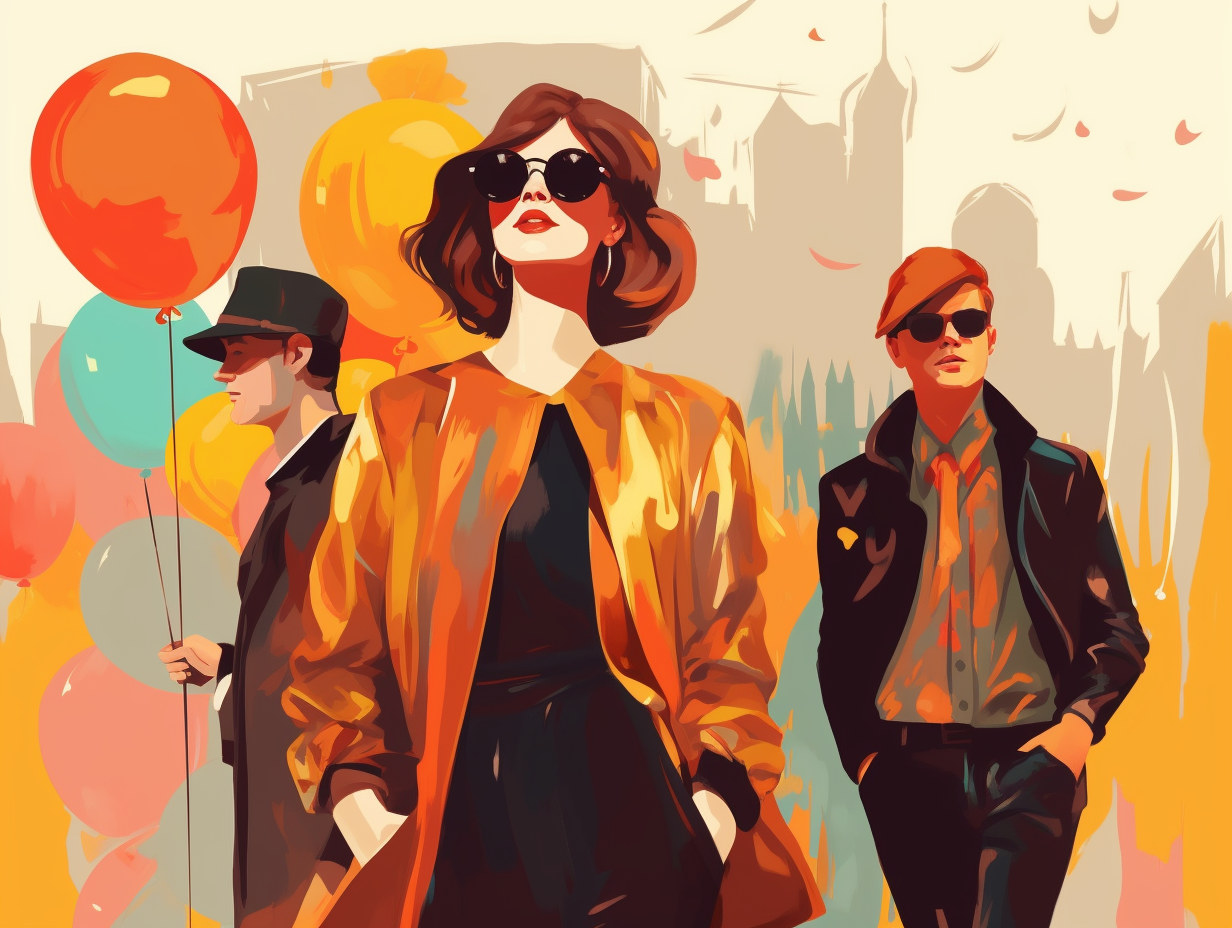
10. The Hairy Truth Behind 18th Century Wigs
Before the invention of Yak-top hairpieces and Horse-hair couture: During the 18th century, wigs were all the rage among society's finest, but human hair was a luxury only the upper class could enjoy. So, the common folk had to settle for rocking goat hair, horsehair, and even yak hair wigs to keep up with the hairy trends.
Source => battlefields.org
Related Fun Facts

